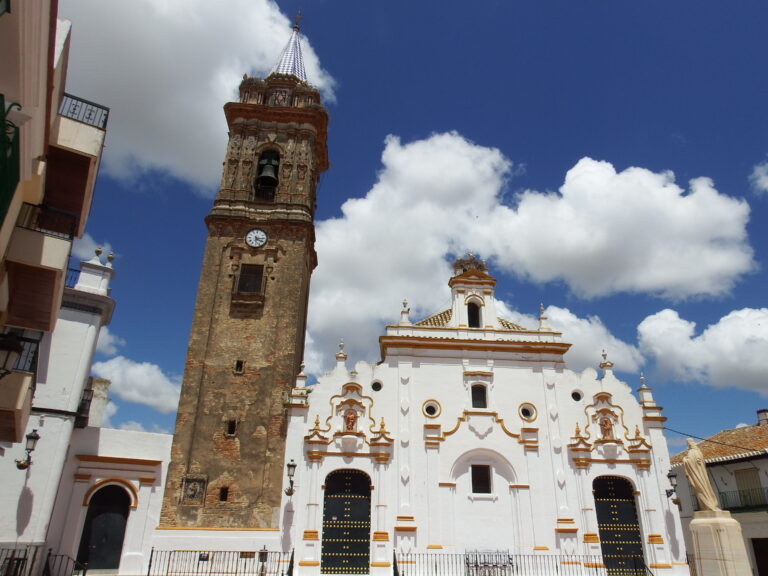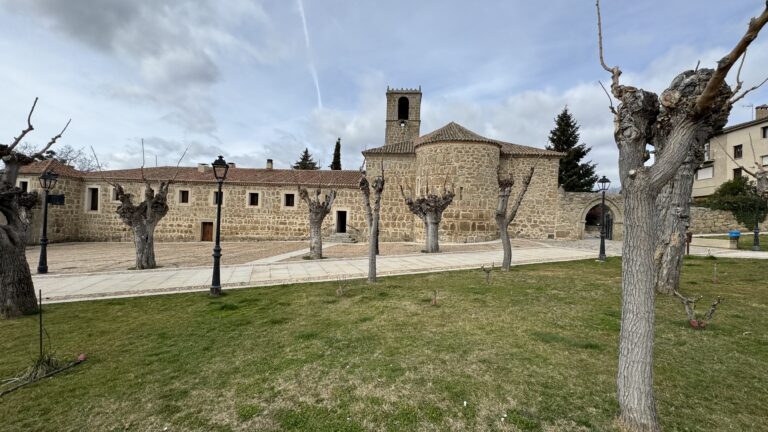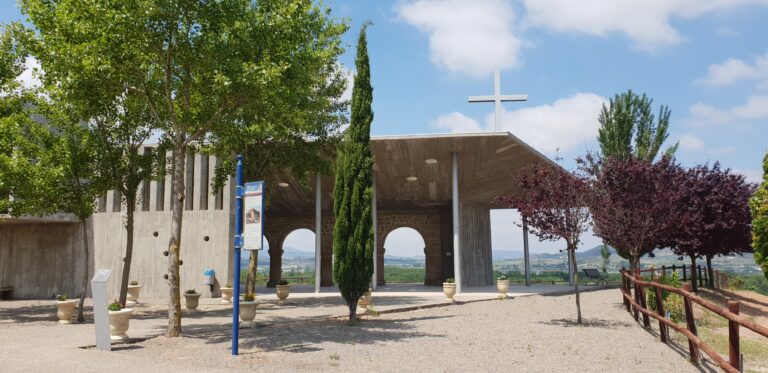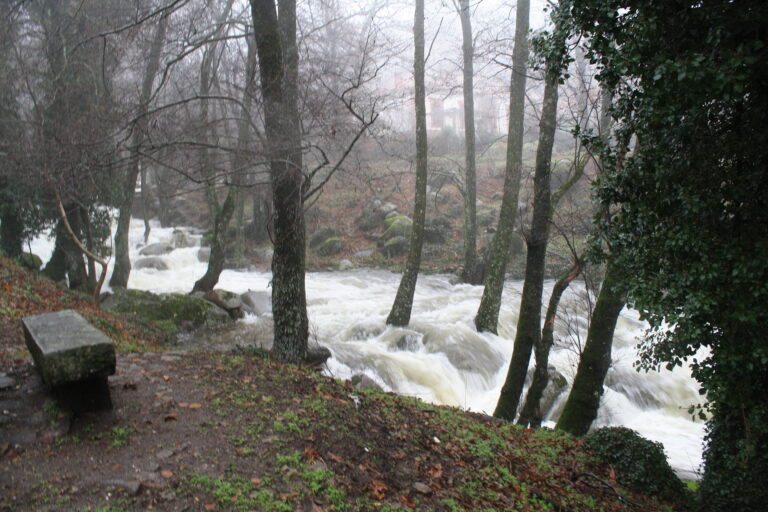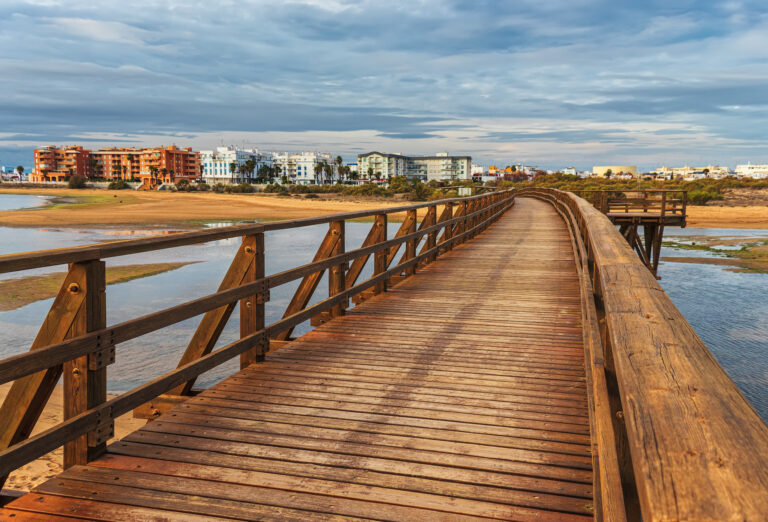What to see in Sajazarra, La Rioja: one of the most beautiful villages in Spain
La Rioja, a land of wines and enchanting landscapes, hides gems among its vineyards that time has preserved. One of them, and perhaps one of the most dazzling, is Sajazarra. This small municipality, nestled in the Rioja Alta, has been recognised as one of the most beautiful villages in Spain, a distinction that undoubtedly enhances its already remarkable charm. Sajazarra is not just a destination, it is an immersion in the history, architecture and essence of a land forged by tradition and good work.
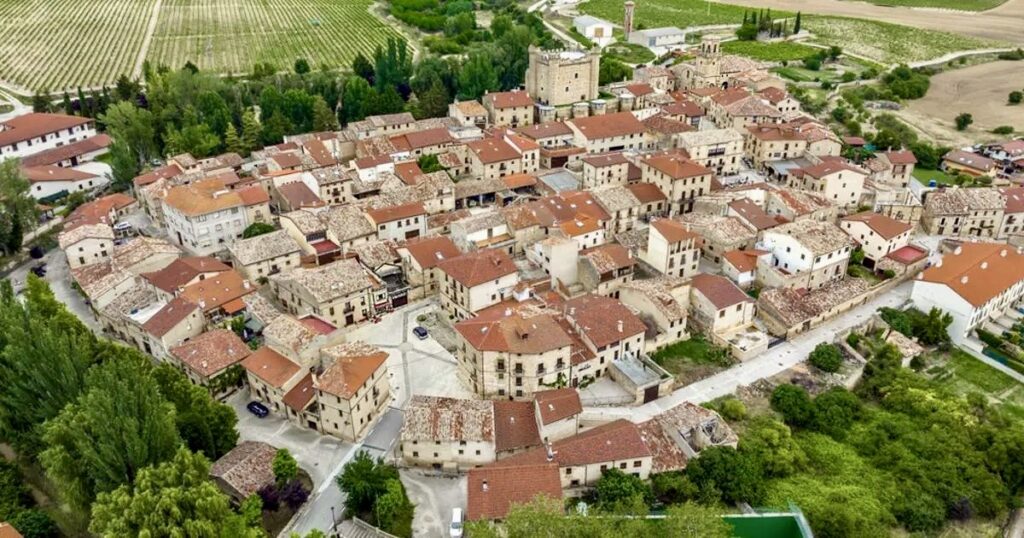
A place with history: from its origins to the present day
The first documented traces of Sajazarra appear in 1075 under the name of Saggazahar, in a donation by King Sancho “el de Peñalén” to the monastery of San Millán de la Cogolla. It was later mentioned in the Charter of Miranda de Ebro (1099) as Saja, until it adopted its current name in 1146, when Alfonso VII granted a charter to Cerezo de Río Tirón.
In the 12th century, it was donated to the monastery of Valdefuentes and, shortly afterwards, fortified as a defensive border stronghold. In 1463, it became part of the Brotherhood of Álava, together with Vitoria, Pancorbo, Miranda de Ebro and Salvatierra. This strategic position between the Montes Obarenes and the wide Tirón valley marked its geopolitical importance for centuries.
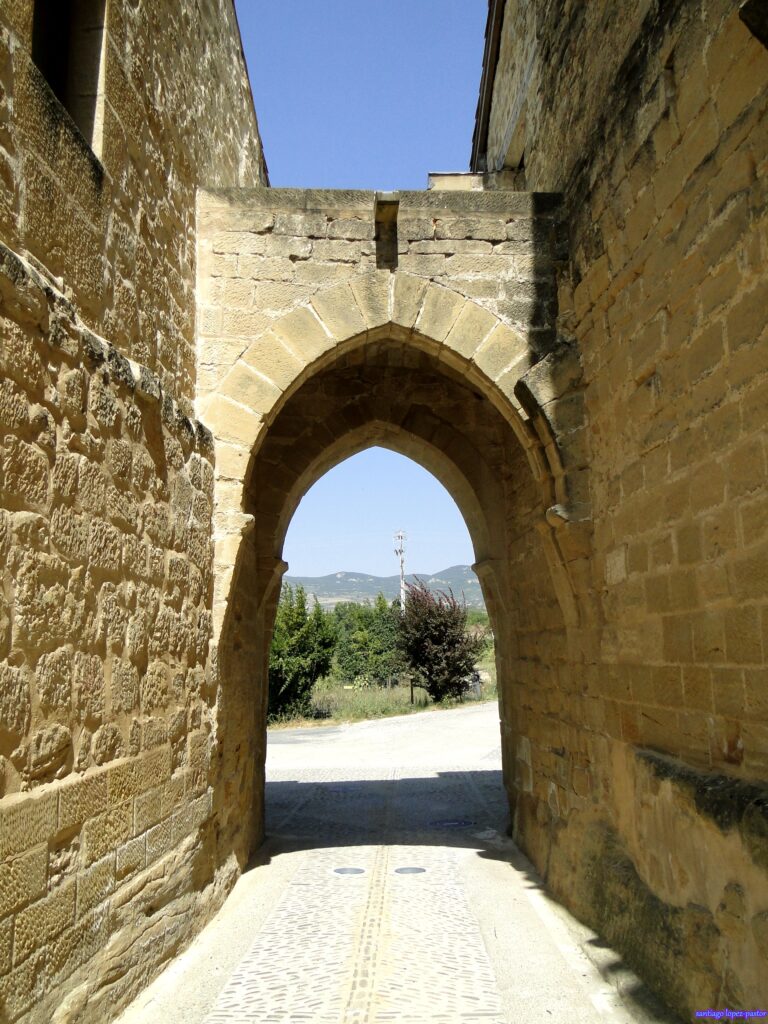
Breathtaking monumental heritage
Sajazarra is a historic-artistic site in itself, a place where every cobbled street and every stone house tells a story. Its charming and well-preserved old town invites you to lose yourself and discover its secrets.
The imposing castle-palace of Sajazarra
Without a doubt, the jewel in the crown of Sajazarra is its Castle-Palace. Built in the second half of the 15th century, when the town became the domain of the Velasco family, this fortress is considered one of the best restored in La Rioja. Its imposing silhouette rises majestically, dominating the landscape and evoking times of knights and nobility.
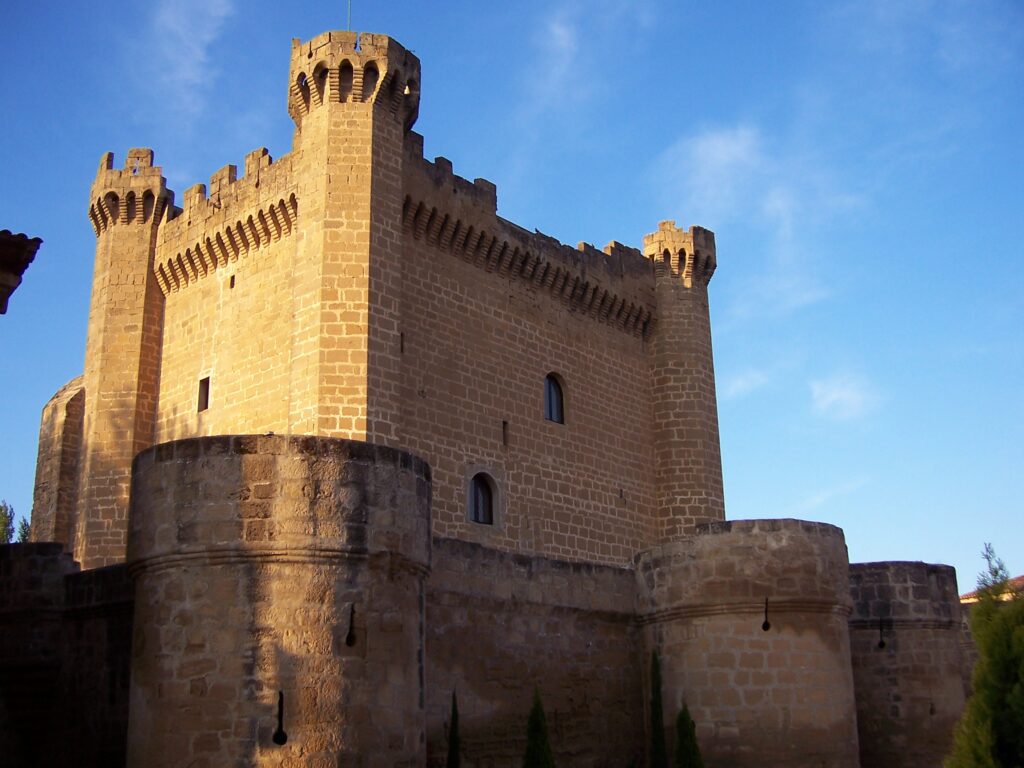
Built in ashlar stone, its design is reminiscent of the Castle of Cuzcurrita in Río Tirón. It has a rectangular outer enclosure with round turrets at the corners and flanking the entrance gate. At the heart of this stronghold stands the Torre del Homenaje (Keep), also rectangular in plan, with octagonal towers at its corners, crowned by machicolations and battlements. Although it is now privately owned and cannot be visited inside, a stroll around the grounds is a journey back in time, allowing you to admire its splendour and the careful restoration that has preserved its magnificence.
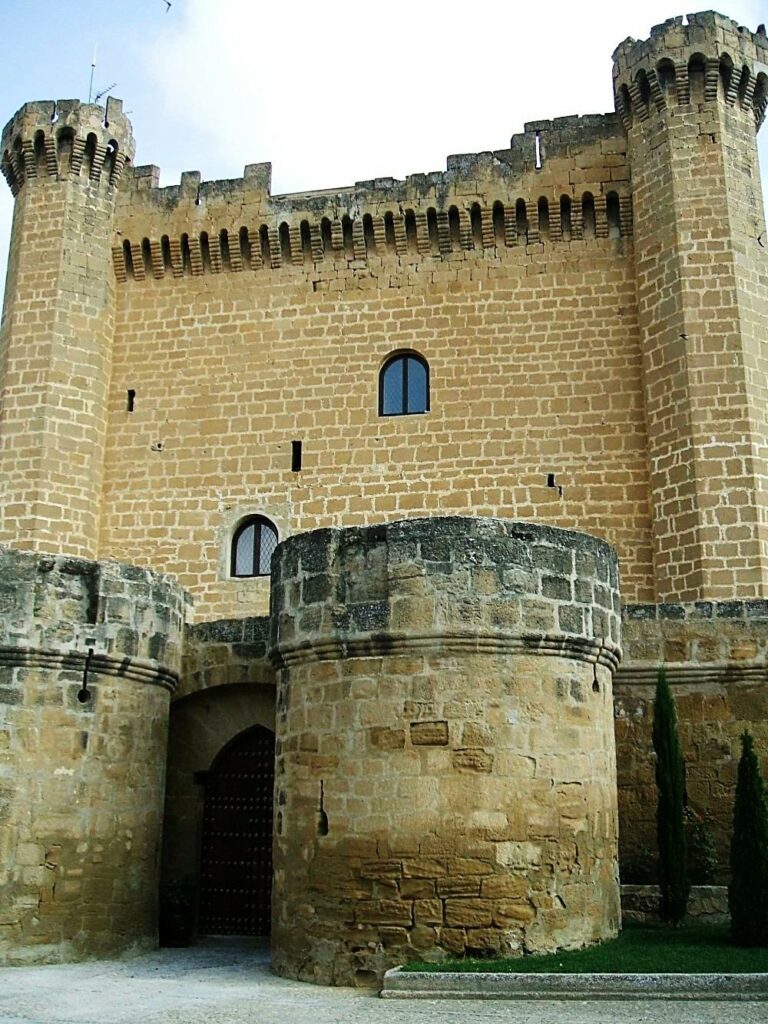
Church of Santa María de la Asunción
Attached to the old city wall, the Parish Church of Santa María de la Asunción is a Site of Cultural Interest that sums up centuries of construction and devotion. Dating from the 12th century, although with elements from the 12th and 13th centuries, this temple is a combination of styles that coexist in harmony. Built in ashlar and masonry, it preserves its central nave from the Romanesque period, while the Baroque tower is a more recent addition. Inside, the church houses an interesting Gothic image of the Virgin of La Antigua and a Renaissance altarpiece, true works of religious art that enrich the visit.
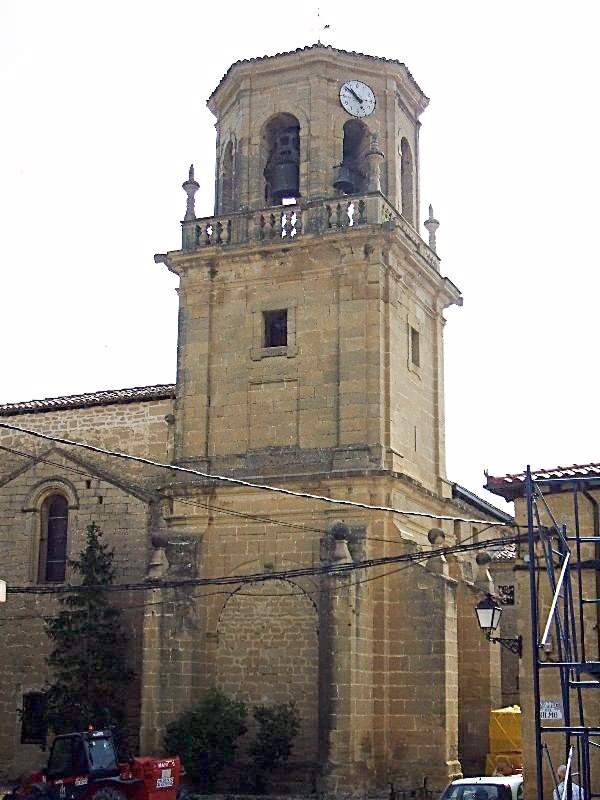
House of the Ruiz de Loizaga and House of the Loma Osorio
The urban layout of Sajazarra holds several gems of civil architecture. Among them are these emblem-bearing houses from the 17th and 18th centuries, which reflect the local nobility with their stone façades and family coats of arms. They are a perfect example of rural Baroque in La Rioja.
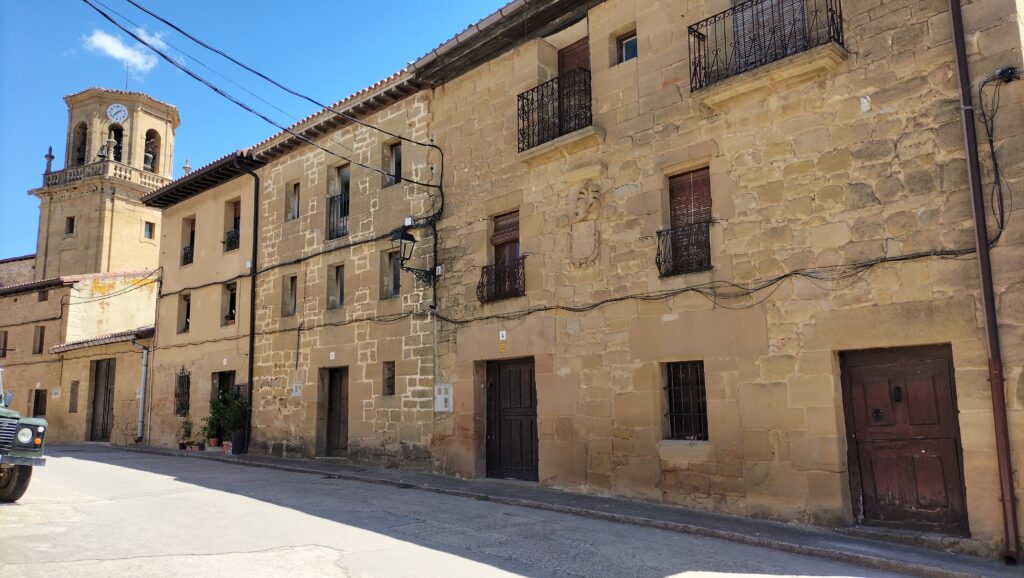
Town Hall and the metal dragon
The Town Hall of Sajazarra surprises visitors with a curious detail: a metal sculpture of a dragon literally pierces the building. Its head peeks out from one façade, while its tail emerges from the opposite side. This symbol adds an original and legendary touch to the town.

Remains of the wall and the Arco gate
Traces of Sajazarra’s ancient defensive system, dating back to the second half of the 13th century, during the reign of Alfonso X the Wise, remain and tell us about its fortified past. The trapezoidal layout of the wall can be seen at the rear of some houses. Of the four gates that once protected the town, only the one known as El Arco remains. Strategically located between the church and the old Town Hall, this 14th or 15th-century Gothic gate, with its pointed arch and lowered barrel vault, is the only original entrance that has withstood the passage of time.
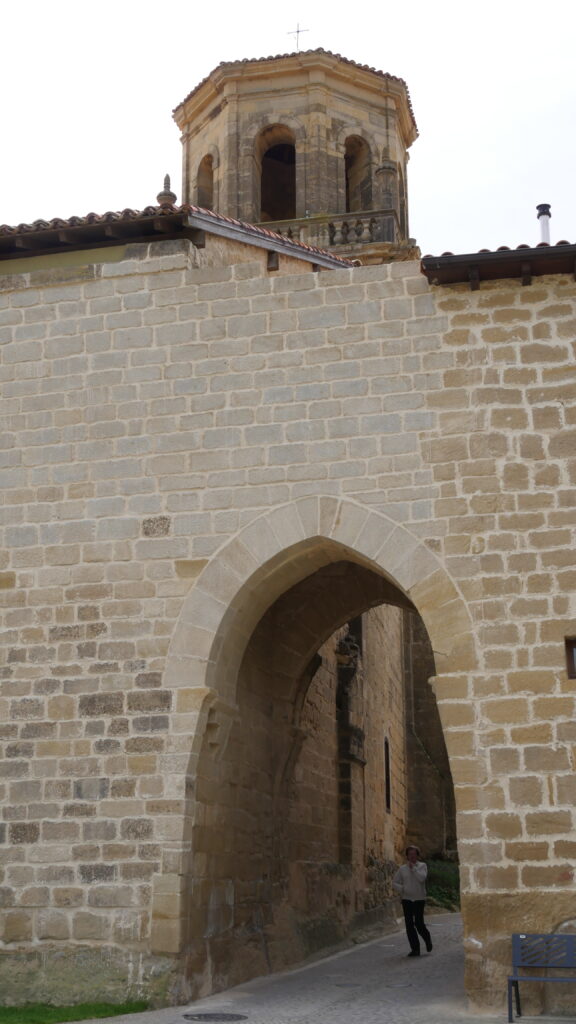
Hermitage of Santa María de Cillas
One and a half kilometres from the town, in the direction of Castilseco, is the Hermitage of Santa María de Cillas. This Romanesque building in the style of Herrera, built in ashlar and masonry in the 13th century, has undergone renovations in the 16th and 18th centuries and in 1945. Inside, it houses a neoclassical altarpiece by Leonardo Gurrea from 1804, as well as a Baroque pulpit and lectern. The Virgin of Cillas, patron saint of the town, comes from this chapel and is now venerated in the parish church. The circular path leading to the chapel, which winds its way through vineyards, offers beautiful views of the village and its fields, especially at sunset.
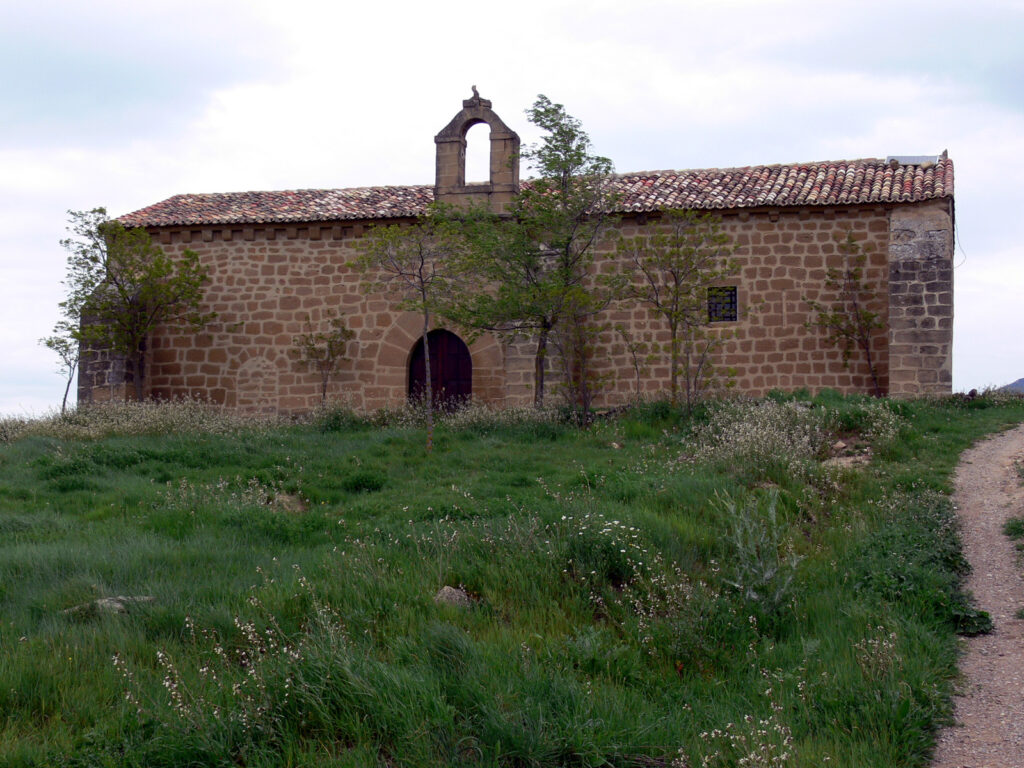
Pure Nature: Trails and Landscapes
Beyond its built heritage, Sajazarra offers a natural environment of great value, ideal for relaxation and contact with nature. Its Mediterranean-Atlantic climate, its orography and land use have shaped a diverse and fascinating landscape. The valley is covered with fields, vineyards and cereal crops, which are tinged with different colours with each season. On the edges, aromatic plants grow, perfuming the air, and the recovery of an old lagoon near the village adds a unique landscape feature.
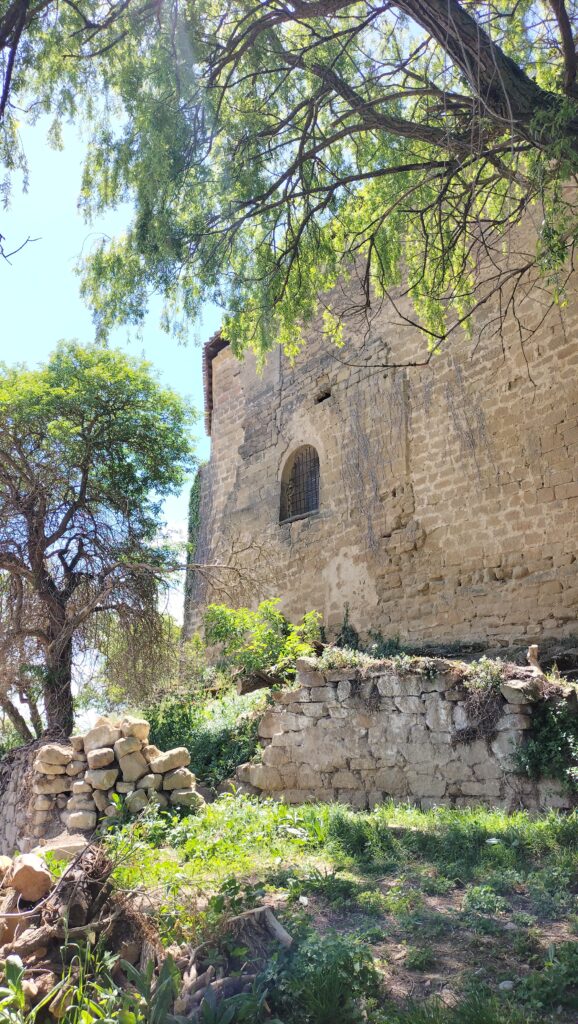
The ‘monte’, as the locals call it, features rocky peaks that are home to birds of prey such as vultures, eagles and falcons, and dense forests of holm oaks, oaks and pines. This diversity of landscape allows visitors to choose between exploring the valley or venturing into the mountains, enjoying their different flora, fauna and terrain.
Sajazarra has a network of well-signposted trails that invite you to discover every corner of its surroundings:
- Sajazarra Cycle Trail – Protected Natural Area: An easy route, suitable for hiking and cycling, which connects the town centre with points of interest in the area and a Protected Natural Area.
- Contemporary Art Route: Although the main exhibition is no longer held, this 2.6 km trail allows you to explore the village and visit the contemporary artworks that still adorn its streets, including an installation on a hill near the lagoon.
- Cillas Hermitage Trail: A 3.95 km circular route of low difficulty, winding through vineyards and cereal fields, offering spectacular views of the village, especially at sunset.
- Lagoon Trails: A very easy and quick 2.7 km trail that circles the lagoon on the outskirts of the village, ideal for children.
- Trail up to Gembres: For the more adventurous, this 12.49 km route of medium difficulty enters the Natura 2000 network, offering the chance to see species of community interest and culminating in an incredible view of the valley from the top of the Peñas de Gembres.
- Route of the Valleys: A 29.2 km route suitable for mountain bikes, with a low-medium difficulty level, connecting Haro with Sajazarra, running at the foot of the Obarenes Mountains.
- Wine Trails: Confines of History and Banks of the Oja and Tirón: Two routes of medium and low difficulty respectively, integrated into the ADRA (Association for the Development of La Rioja Alta) trail network, which allow you to discover the historical and scenic wealth of the area, connecting Sajazarra with nearby municipalities such as Villaseca, Cellorigo, Foncea, Tirgo and Cuzcurrita.

A Living Destination: Tradition and Culture
Sajazarra is not just a collection of historic buildings; it is a vibrant town that celebrates its heritage and culture.
The Capital of Art and Music
For more than two decades, Sajazarra established itself as a prestigious artistic laboratory. From 1990 to 2012, it hosted a renowned Contemporary Art Exhibition, which attracted renowned artists such as Joan Fontcuberta, José Manuel Ballester and Chema Madoz. Their works left a unique mark on the streets of this medieval town, creating a unique experience where modern art dialogued with the past. Although this exhibition is no longer held, the artistic spirit remains present.

Sajazarra is also famous for its Early Music Festival. Every year, for five or six days in August, the Church of La Asunción hosts classical music concerts, an event that, after 23 uninterrupted editions until 2013, has left a deep mark on the region’s cultural calendar.
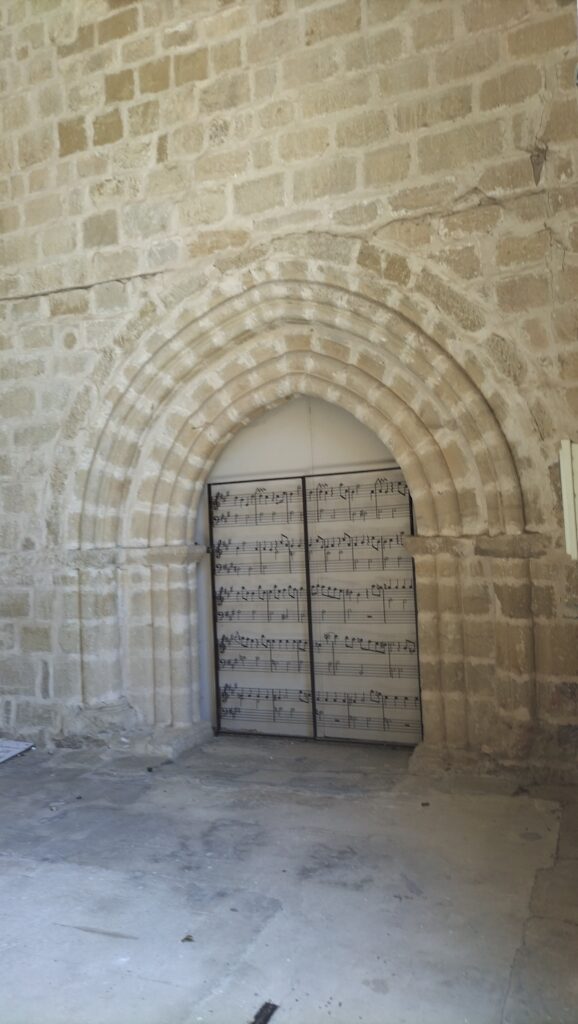
On the last Sunday in July, the village is transformed by the Antiques Fair, which brings together more than 20 professionals on the Paseo del Castillo, on the banks of the River Mardancho and sheltered by the medieval wall and arch. It is a unique opportunity to find pieces from the past and immerse yourself in the charm of objects with history.
Patron saint festivities
- 25 April: Feast of San Marcos, with religious ceremonies and popular celebrations.
- Last weekend in August: Feast of the Virgen de Cillas, with a procession to the chapel.
- Also in August: Exhibition of New Artists and parallel cultural programme.

A town linked to wine
The economy of Sajazarra, like that of much of La Rioja, is strongly rooted in agriculture, with a special emphasis on vine cultivation. The extensive vineyards surrounding the municipality, planted on the characteristic clay-limestone soil of the area, offer changing landscapes of unparalleled beauty throughout the seasons.
Varieties such as Tempranillo, Garnacha and Graciano thrive here, supplying some of the best wineries in La Rioja Alta and contributing to the reputation of its wines, which are unique, elegant and full of personality. Sajazarra’s recognition as one of the most beautiful villages in Spain has also served to raise awareness of its long history linked to the world of wine.

How to get to Sajazarra?
- By car: From Haro, take the N-126, join the N-232 and then the LR-209.
- By bus: There are intercity services from San Millán de Yécora to Haro with a stop in the town.
Once in Sajazarra, it is important to know that access by car to the historic centre is restricted to residents, so it is recommended to leave your vehicle in the car park at the entrance. Crossing the bridge, you enter this medieval village, which invites you to explore it on foot, at your own pace.
What to see in the surrounding area
If you have more time, don’t miss other nearby gems:
- Casalarreina, with its Monastery of La Piedad. 10 minutes via LR-209 and Av. de la Paz/N-232A.
- Cuzcurrita de Río Tirón, with another castle and charming wineries. 8 minutes away on the LR-209.
- Villoslada de Cameros: a village nestled in the Sierra Cebollera mountains. 1 hour and 22 minutes away via the N-232 and N-111 roads.
- Alberite: a municipality steeped in history, 7 kilometres from Logroño. 44 minutes away via the AP-68 motorway (toll road).

Where to stay in Sajazarra
As Sajazarra is a small village, it has several charming accommodation options that allow you to enjoy a peaceful stay in the heart of the Rioja Alta. Most of the accommodation is located in renovated stone and wood houses, run by private individuals, and offers a welcoming and rural experience. Here is the best hotel in the area:

Sajazarra, a unique place
Sajazarra is much more than a collection of stone houses: it is living history, art in the streets, wines that speak of the land and routes that caress the soul. A place to stop, look around and fall in love.
To make the most of your getaway, here are some useful products you can purchase before your trip so that you are well prepared:
- Hiking shoes
- Snorkel set
- Compact microfibre towel
- Waterproof sun cream
- Polarised sunglasses
- Non-slip flip flops
- Anti-theft backpack
In this article you will find some affiliate links. If you book or buy something through them, you help us to continue creating independent and useful content, at no extra cost to you. Thank you very much for making this possible!
Photo Credits
Below are the photo credits in order of appearance. Royalty-free photos will not be listed below:
- Cover Image: Norhum, CC BY-SA 4.0, via Wikimedia Commons
- santiago lopez-pastor from España, CC BY-SA 2.0, via Wikimedia Commons
- BigSus, CC BY-SA 3.0, via Wikimedia Commons
- Ibai1984, CC BY-SA 4.0, via Wikimedia Commons
- Ibai1984, CC BY-SA 4.0, via Wikimedia Commons
- Jynus, CC BY-SA 4.0, via Wikimedia Commons
- Pigmentoazul, CC BY-SA 3.0, via Wikimedia Commons
- Ibai1984, CC BY-SA 4.0, via Wikimedia Commons
- Juanje Orío from Logroño, España (Europa), CC BY-SA 2.0, via Wikimedia Commons
- Ibai1984, CC BY-SA 4.0, via Wikimedia Commons
